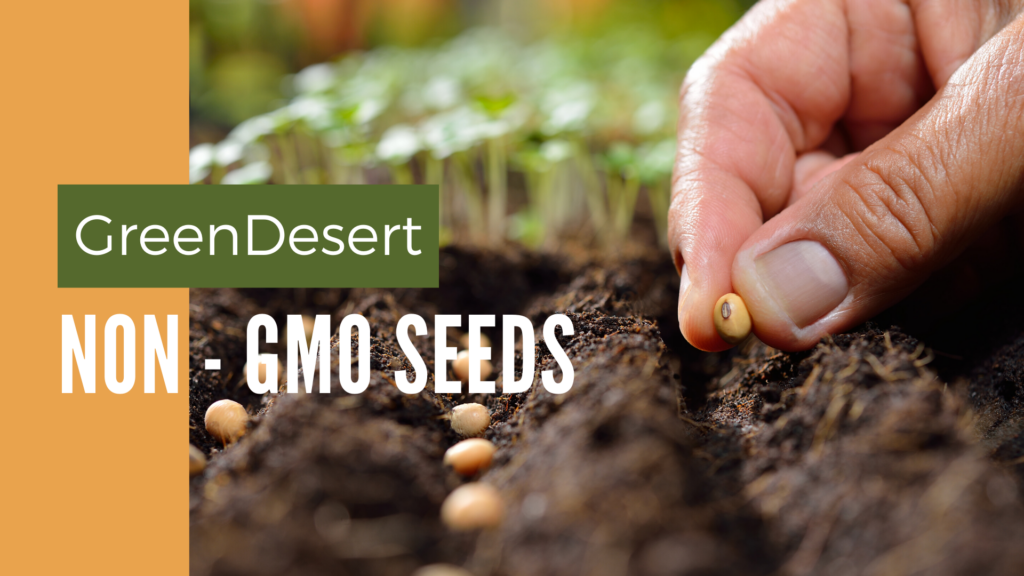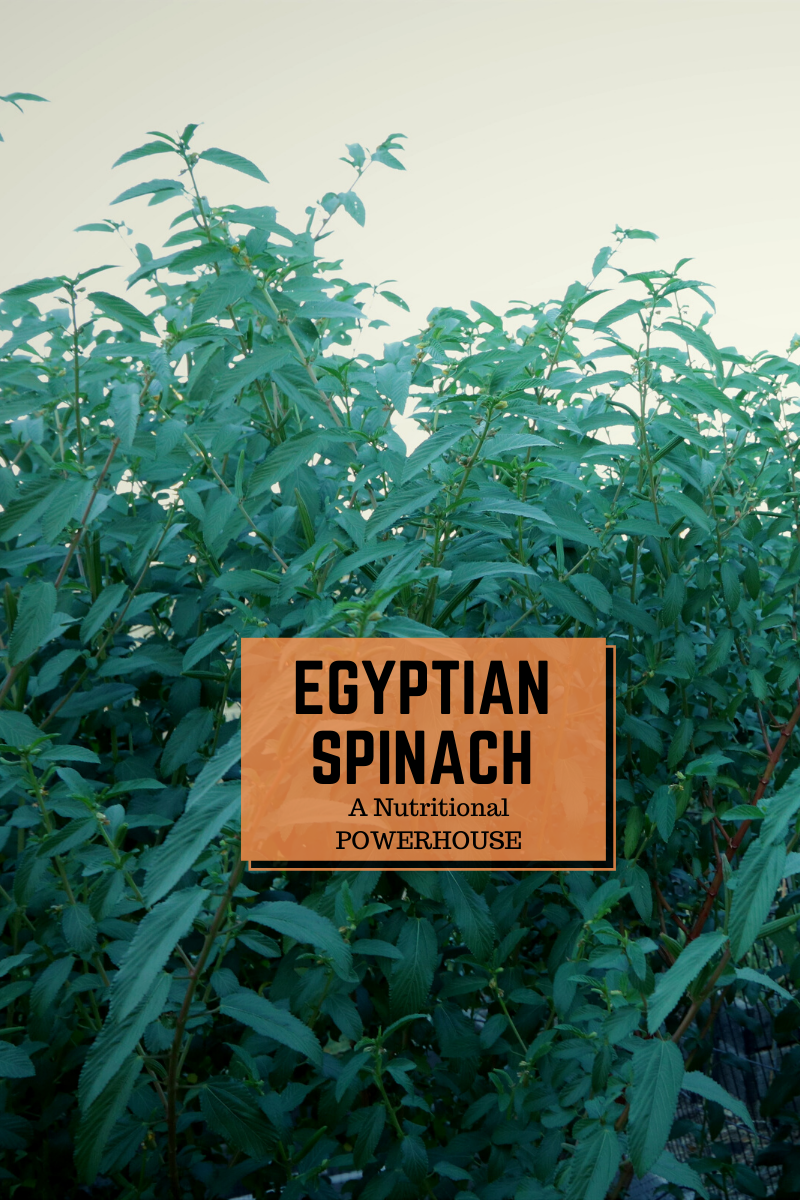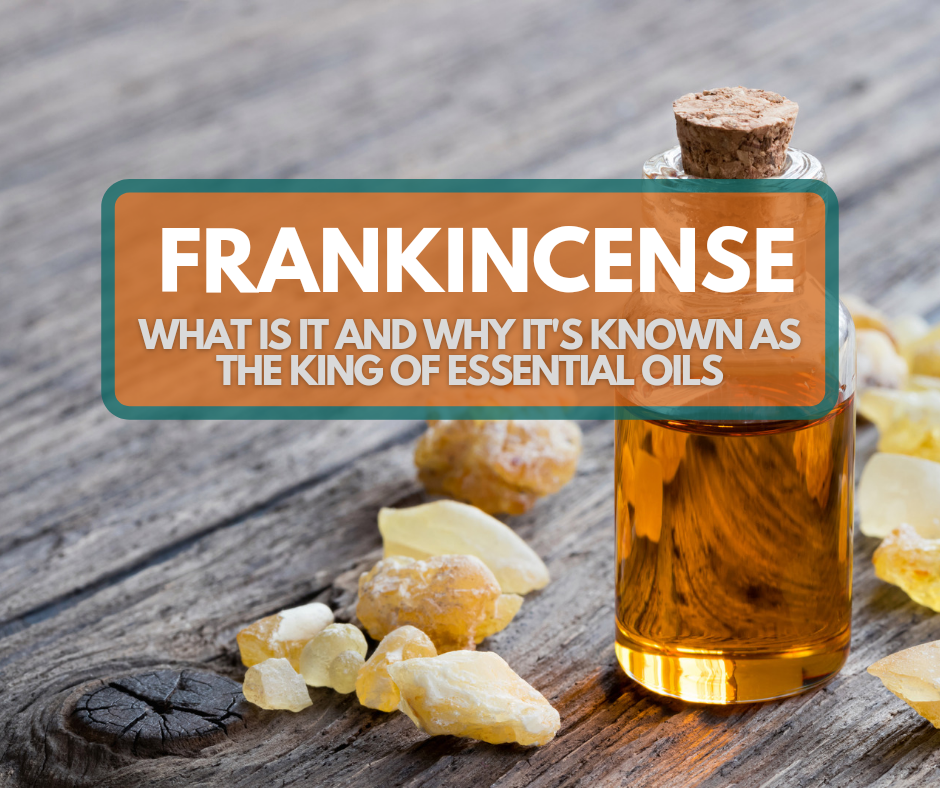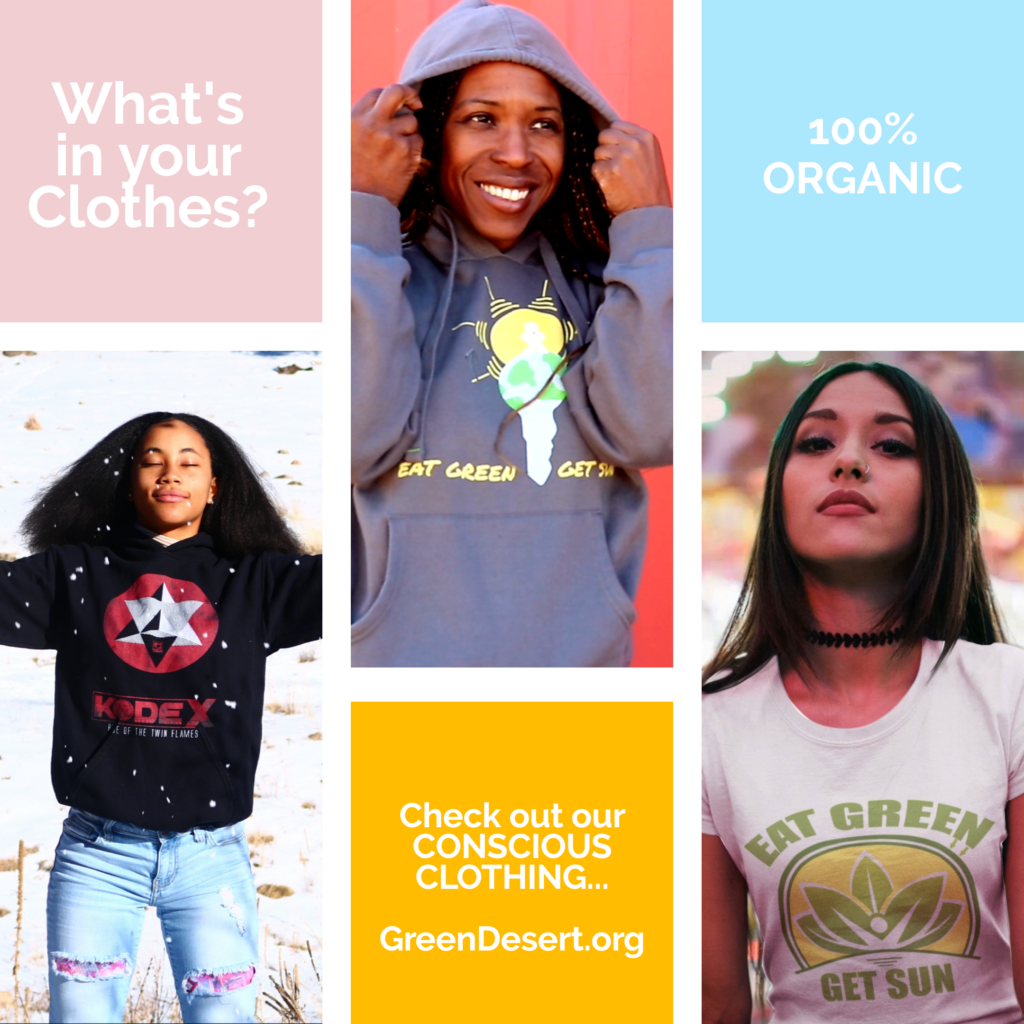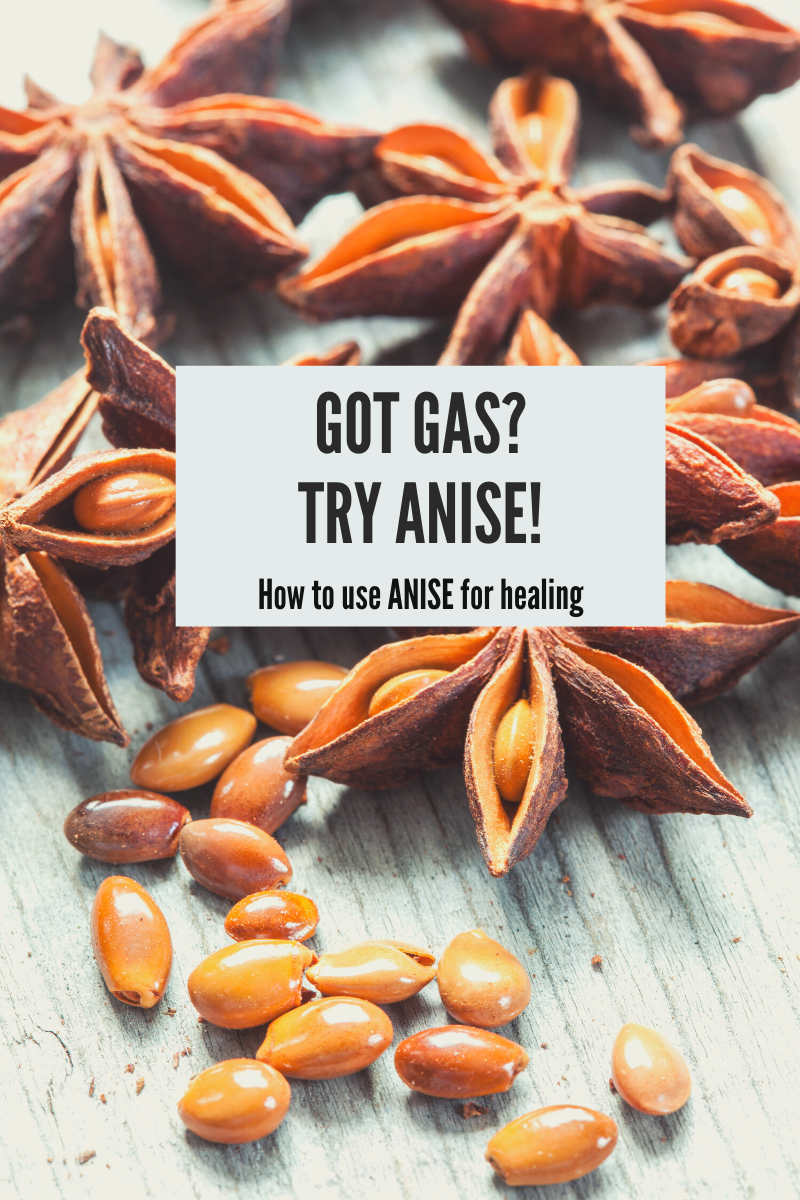ARMENIAN CUCUMBER: MORE THAN A FRUIT
WHY ARMENIAN CUCUMBERS ARE UNDER-RATED
There are so many types of cucumbers… everything from English, Persian, lemon and one of my favorites – Armenian cucumbers. They’re also known as yard-long melons, which makes sense when looking at its appearance.
The fruit grows up to 36 inches… but it’s most flavorful at about 15 inches. The inside of the cucumber resembles more of a cantaloupe than a cucumber. And not only are they crisp and refreshing, they are great hydrators. In fact I think they are under rated for their health benefits.
Since they consist mostly of water and electrolytes, they can relieve dehydration, which is also great at helping prevent constipation. The high water content is also a bonus if you’re trying to lose weight… along with its low calories.
One of the things we do on hikes is we pack hydrating fruits and veggies… like cucumbers and oranges. We snack on them throughout the hike, with small sips of water. This hydrates our bodies and keeps me from having to go to the bathroom more often from drinking so much water.
Did you know that some people get as much as 40% of their total water intake from food.
I use Armenian cucumbers for my pickles and relish. I add them to sandwiches, wraps, salads, water or just snack on them raw. There are so many ways to enjoy any type of cucumber, but Armenian cucumbers are still one of my preferences.
They are refreshing and have so many health benefits including being high in antioxidants, a range of B vitamins, along with vitamins A and K. And don’t toss the peel, eat it all because that’s where you’ll get your maximum nutrients… benefits that also extend to your skin. Remember when I mentioned the high water content in cucumbers? That makes it great for reducing skin irritations and helping with aging. The old sliced cucumber over your puffy eyes work for a reason. The high water content hydrates the skin around your eyes while the antioxidants and flavonoids in the cucumbers reduce swelling and soothes inflammation in the eye area.
All you have to do is slice two pieces of a cool cucumber from the fridge. Close your eyes and place the slices on them for about 15 minutes. Then just pat your eyes dry when you’re done. Try this routine morning and night and watch the puffiness melt away.
According to the USDA, one 142-g cup of unpeeled, raw, chopped cucumber contains the following nutrients:
- water: 137 g
- calories: 17
- protein: 0.8 g
- fat: 0.2 g
- carbohydrate: 3.1 g, including 2.0 g of sugar
- fiber: 1.0 g
- calcium: 19.9 g
- iron: 0.3 mg
- magnesium: 17 mg
- phosphorus: 29.8 mg
- potassium: 193 mg
- sodium: 2.8 mg
- vitamin C: 4.5 mg
- folate: 19.9 mcg
- beta carotene: 44 mcg
- lutein + zeaxanthin 22.7 mcg
- vitamin K: 10.2 mcg
Unfortunately you don’t often see Armenian cucumbers at local grocery stores. You’re more likely to find them in farmers markets. Another option — GROW THEM! They’re pretty easy to grow. In fact they thrive in hot summers, great for us in Phoenix. The high temperatures do not stress them.
We sell our seeds in our Etsy shop!
All of our seeds are NON-GMO, untreated and open-pollinated.
HOW TO GROW:
The two main ingredients for a high yield of Armenian cucumbers are hot days and lots of water.
The best time to plant is after the last chance of frost. The ideal temperature range for germinating the seeds is between 65 and 90 degrees. The warmer temps will yield faster sprouts, in as little as three days.
Once the temperature is right, decide how many plants you can handle. They love to vine and can easily take over a garden… and you can continue planting through the heat. Just a few plants will give you almost more than you can handle.
Now it’s time to plant! I make a hole with my finger about a half inch deep, with about a foot in between each plant. Then I place two to three seeds in each hole. Next I sprinkle soil to fill the holes and cover the area. Then I water the area with a light shower immediately.
Remember, try not to overcrowd the plants because that makes them more susceptible to pests and diseases.
It’s best to pick the plants once they’re about a foot and a half. Although they can grow over three feet long, and are still fine to eat, they don’t taste as good. Also, leaving the fruit on the vine for long periods tells the plant it no longer needs to produce, so you will slow down your production.
Finally, when you’re harvesting your fruit, I like to cut it from the vine versus pulling it, to make sure I don’t damage the whole vine.
More benefits and other natural remedies at GreenDesert.org.


